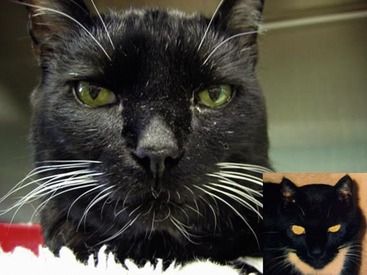acromegaly in cats prognosis
Traditionally acromegaly in cats has been seen as a process caused by excess endogenous GH secretion caused by a pituitary adenoma Figure 49-1. Fragile easily torn skin.

Tumors Of The Endocrine System Veterian Key
The heart may enlarge and cats may develop abnormal heart rhythms and congestive heart failure.

. In cats it is due to GH-secreting tumors of the anterior pituitary. Fortunately it is considered an uncommon disease although experts feel that it is probably underdiagnosed. Common symptoms associated with insulin resistance include weight loss despite a good appetite and increased thirst and urination.
The catabolic actions of growth hormone include insulin antagonism and lipolysis. Acromegaly is a disease that can lead to serious comorbidities in cats eg. Acromegaly is most commonly seen in older 10 years old neutered male cats that have insulin-resistant diabetes mellitus.
Cats with hyperadrenocorticism typically present with atrophy of the epidermis. Who hasnt emphasized their text messages with whatever catgif f. Cats with acromegaly usually also show insulin resistance signs such as polyuria polydipsia and polyphagia.
Other clinical signs due to this disease are. Weight loss in cats. Acromegaly is caused by excess secretion of growth hormone GH in adult animals.
In addition to the above Acromegalic cats will display classic signs of uncontrolled Feline Diabetes such as excessive drinking and urinating and ravenous hunger. Acromegaly occurs in older predominately male cats and is often associated with diabetes mellitus. Congestive heart failure renal failure Kidney.
Most cats with acromegaly do. Acromegaly most commonly affects middle-aged and older neutered male cats. Growth of the extremities skull and muscles occur in some cats.
Hopefully in the future there will be better data on acromegaly treatments. Diagnosis is currently based upon brain imaging and measurement of serum GH andor insulin-like growth factor-1 concentrations. These effects can be divided into two major classes.
More important than outward appearances are the changes that are going on internally. When cats develop the condition it can gradually alter their appearance but the trouble is this can happen over a long period of time and as such owners all too often do not realise there is something. Until more recently all reported cases that were subjected to postmortem examination although bearing in mind the paucity of such reports suggested this to be the case.
Initial clinical signs are often related to diabetes including increased appetite weight loss despite an increased appetite and increased thirsturination. The most significant clinical finding of acromegaly is the presence of insulin-resistant diabetes mellitus. Clients get frustrated when their cat has diabetes and it.
Chronic kidney disease neurological signs or euthanazed due to painful polyarthropathy. Neurological disorders including sensory ataxia tetraparesis and plantigrade locomotion can be expressed even without the presence of DM probably occur due to the compression made by the. Other clinical signs include stridor enlargement of the jaw and extremities lean weight gain and organomegaly heart liver kidney etc.
However there is weight gain instead of weight loss 3. The short-term prognosis for cats with acromegaly is good but the long-term prognosis is poor. The tissues of the soft palate may grow excessively leading to noisy breathing snoring and even upper airway obstruction.
Feline acromegaly is a disease characterized by excessive growth hormone secretion leading to a wide array of clinical signs caused by the hormones effects on multiple organ systems. Diabetes renal failure congestive heart failure cardiomyopathy. Common symptoms associated with insulin resistance include weight loss despite a good appetite and increased thirst and urination.
Acromegaly in cats is a fairly uncommon but serious feline diseaseAcromegaly can have a significant impact on your cats health is most often associated with. The soft tissues at the back of the cats mouth can increase in size making it hard for them to breath. Affected cats can develop gradual changes in their appearance but because the disease develops over a long period of time owners may not.
However cats of any age or sex can develop acromegaly. The earliest witnessed signs tend to be those of unregulated diabetes mellitus. Acromegaly should be considered in any diabetic cat with insulin resistance.
1 Cats with a functional pituitary macroadenoma may show a variety of clinical signs depending on the organ systems being affected at different stages of acromegaly. Acromegaly In Cats Prognosis Oleh Admin 26 Nov 2021 Find out why following some widely held beliefs can harm your cat. In this pathology a characteristic symptom is the development of type II diabetes mellitus due to hormone-induced insulin resistance.
Definitive treatment in cats is not well described but radiation therapy appears promising. Acromegaly In Cats Prognosis - The disease is characterised by overgrowth of soft tissues bone and viscera. Polyuria and polydipsia as well as nocturia and urinary incontinence.
Signs related to diabetes mellitus are typically the first clinical signs noticed. Again not all cats with Acromegaly will display all of the above symptoms some may show external symptoms such as the widening face and club paws others will not. And progressive weight loss.
Growth hormone has an effect on heart muscle which can lead to hypertrophic. Cats with acromegaly typically gain weight over time and do not develop problems with their skinhair coats other than what is expected in a poorly controlled diabetic cat eg unkempt hair coat. Most die of complications eg congestive heart failure Heart.
Survival time 8-30 months. Print off the owner factsheet on Acromegaly in cats Acromegaly in cats to give to your client. Even though each species has its own distinct looks and characteristics.
Feline acromegaly is also called feline hypersomatotropism. However cats of any age or sex can develop acromegaly. Acromegaly is a rare hormonal disorder seen in cats thats caused by too many hormones being produced in their brains or sometimes in their mammary glands.
Cardiomegaly and azotemia develop late in the disease. Acromegalic cats also develop changes in their appearance such as enlargement of the jaw paws and abdominal organs. The symptoms of acromegaly in cats are generated both by the effects of GH and by the compression of the tumor in the brain.
Long term prognosis for acromegaly cats is poor in general as many cats will develop secondary complications from their uncontrolled diabetes.

Acromegaly In Cats The Veterinary Nurse

Feline Acromegaly The Keys To Diagnosis
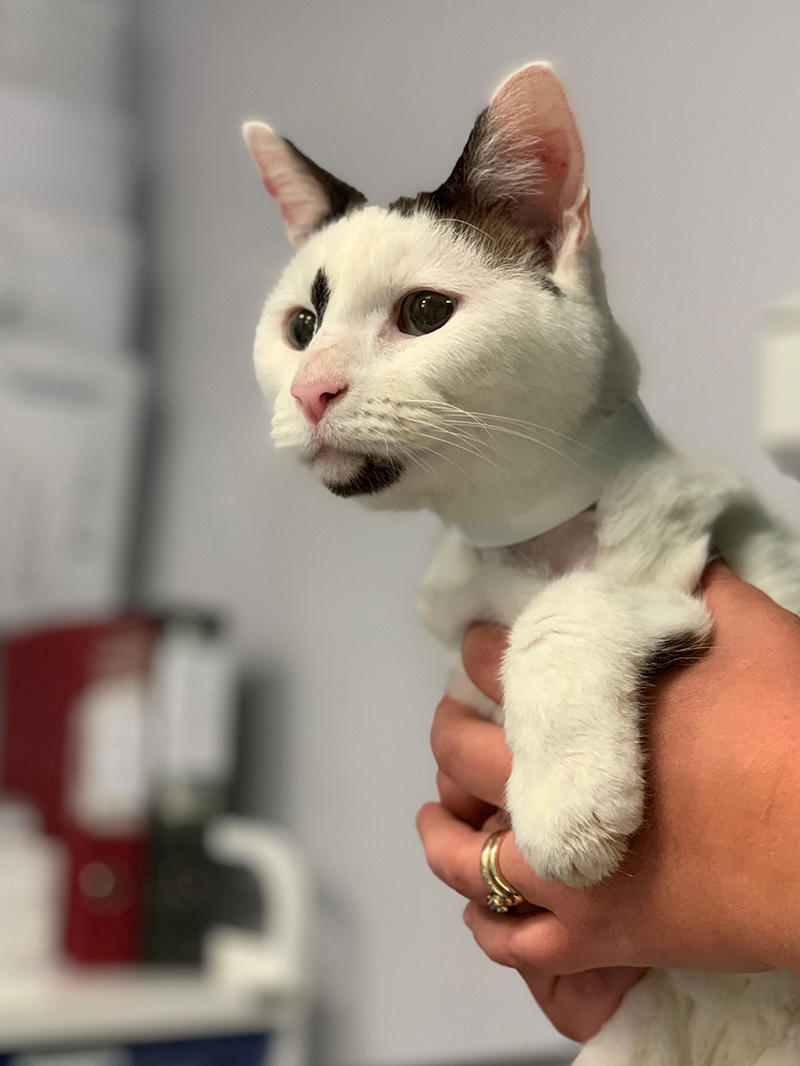
Pioneering Hypophysectomy Treatment Reaches 100 Case Milestone

Pharmacological Treatment With Cabergoline In Three Cats With Acromegaly
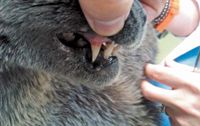
Feline Acromegaly The Keys To Diagnosis

Acromegaly In Cats The Veterinary Nurse
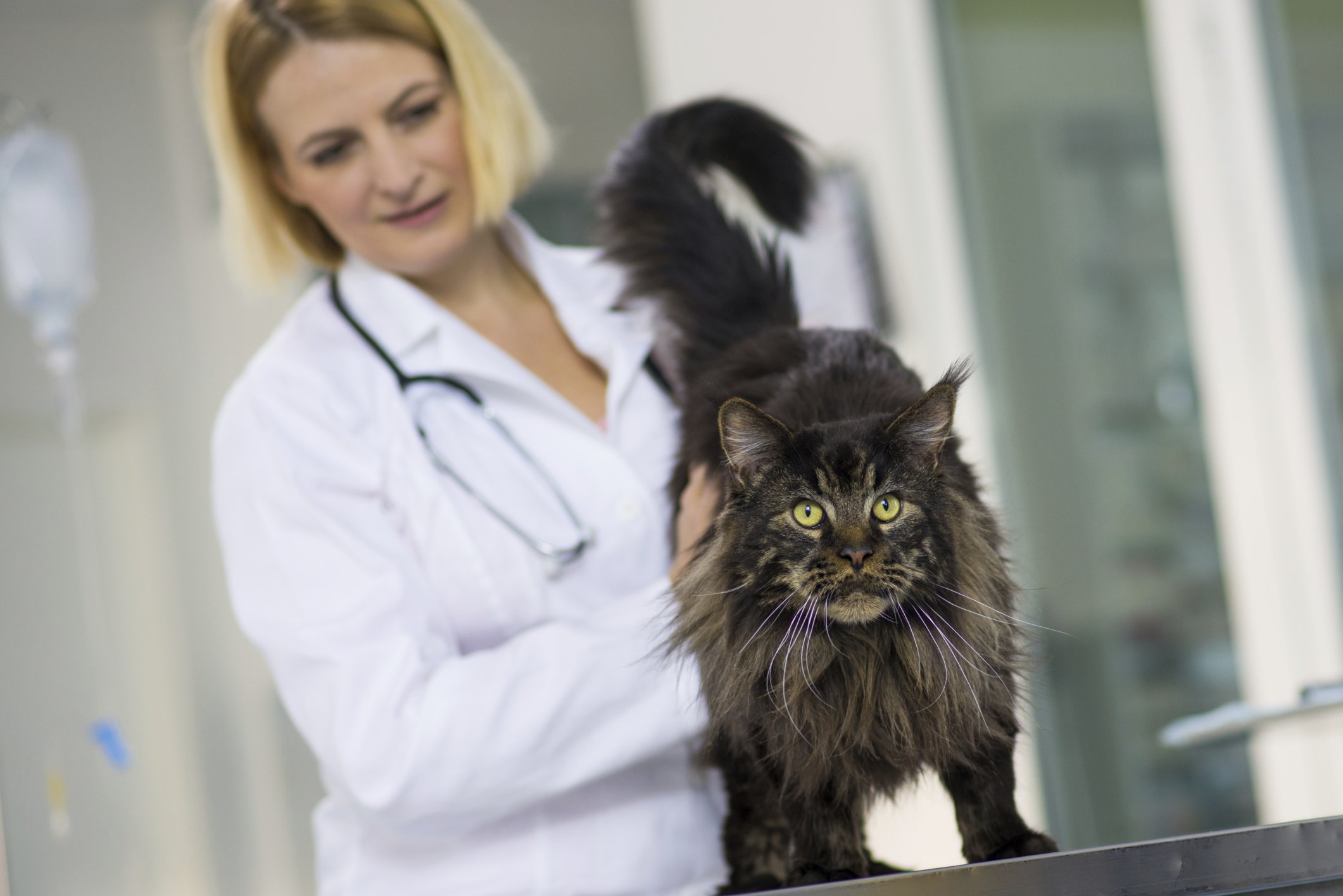
Diagnosis Feline Acromegaly Tufts Catnip

Pdf Acromegaly In A Non Diabetic Cat

Insulin Dependent Diabetic Cat Study

Acromegaly In Cats The Veterinary Nurse

Acromegaly In Cats The Veterinary Nurse
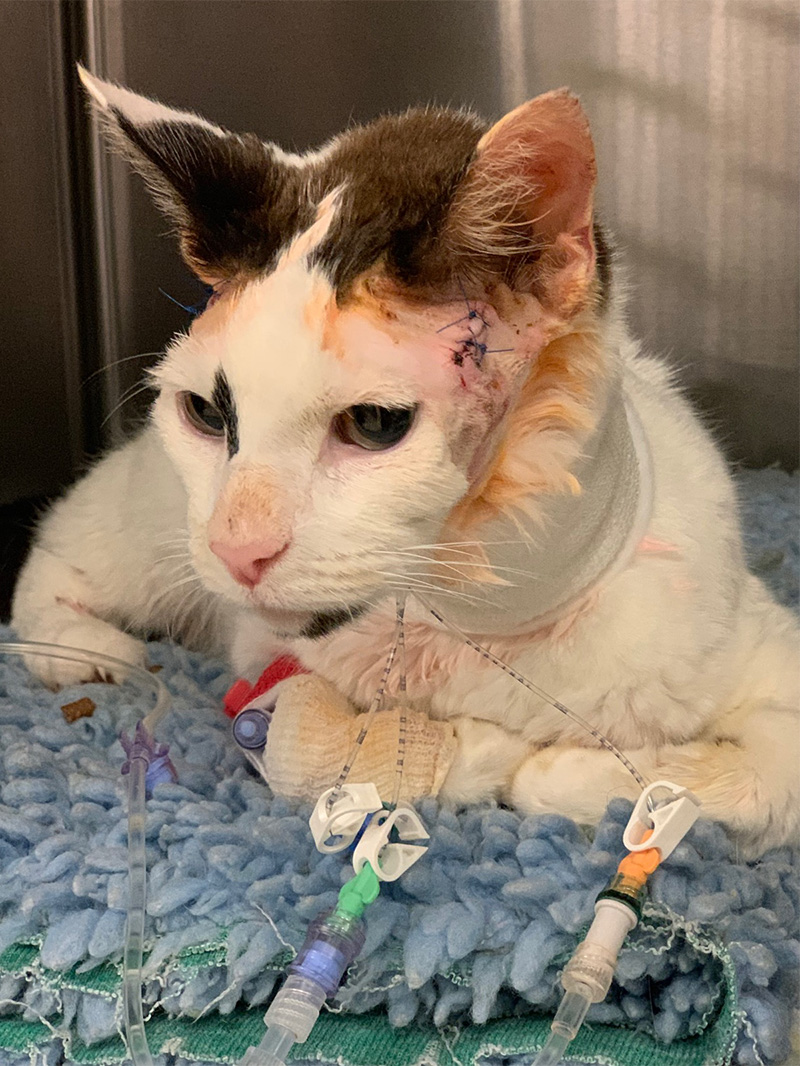
Pioneering Hypophysectomy Treatment Reaches 100 Case Milestone

